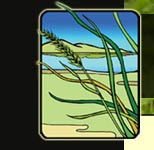Silver Linings and Springtime Flowers
Story and photos by Maddie Ginn
As the Bay Area goes into mandatory shelter in place in response to COVID-19, our staff at Central Coast Wilds have adapted to ensure that our plants remain carefully nurtured. Our firm is fully committed to compliance with the shelter in place order, and to ensuring best practices across the board to protect our fellow citizens in light of the ongoing virus outbreak. We are grateful to have the privilege of continued care for our plants, and are focused on ensuring that our staff remain healthy by following the recommended safety precautions and social distancing requirements. While our plants continue to grow and thrive, our staff working out and about the nursery grounds during this time will also!
Springtime flowers all around California are beginning to blossom and wake from winter dormancy while society as a whole heads indoors. While the world seems to slow down for the first time in a long time, the natural world is flourishing and given a chance to reset in preparation for brilliant spring floral displays. This is especially evident in our nursery, where every day brings a new flower, or a new budding leaf on a riparian tree. We are thrilled at the prospect that this temporary change in societal norms might have a positive influence over our environment, and especially at a time where our inventory is approaching readiness for outplanting onto various restoration and ecological landscape sites. While this is a time for going inward and reflecting, it is also a time to carefully, thoughtfully explore our local wild places and to embrace nature as a healing tool. We look forward to the opportunity to share these plants with our customers in person and on our sites soon, but in the meantime hope to spread a little joy with the blooms we currently have at the nursery:
*Though our nursery is currently closed to the public, we are still open for online sales! If you are interested in purchasing plants from our nursery, please refer to our online inventory. We are happy to make transactions via credit card over the phone and schedule a time for pickup at the nursery. Please feel free to contact us with any questions: (831)-459-0655
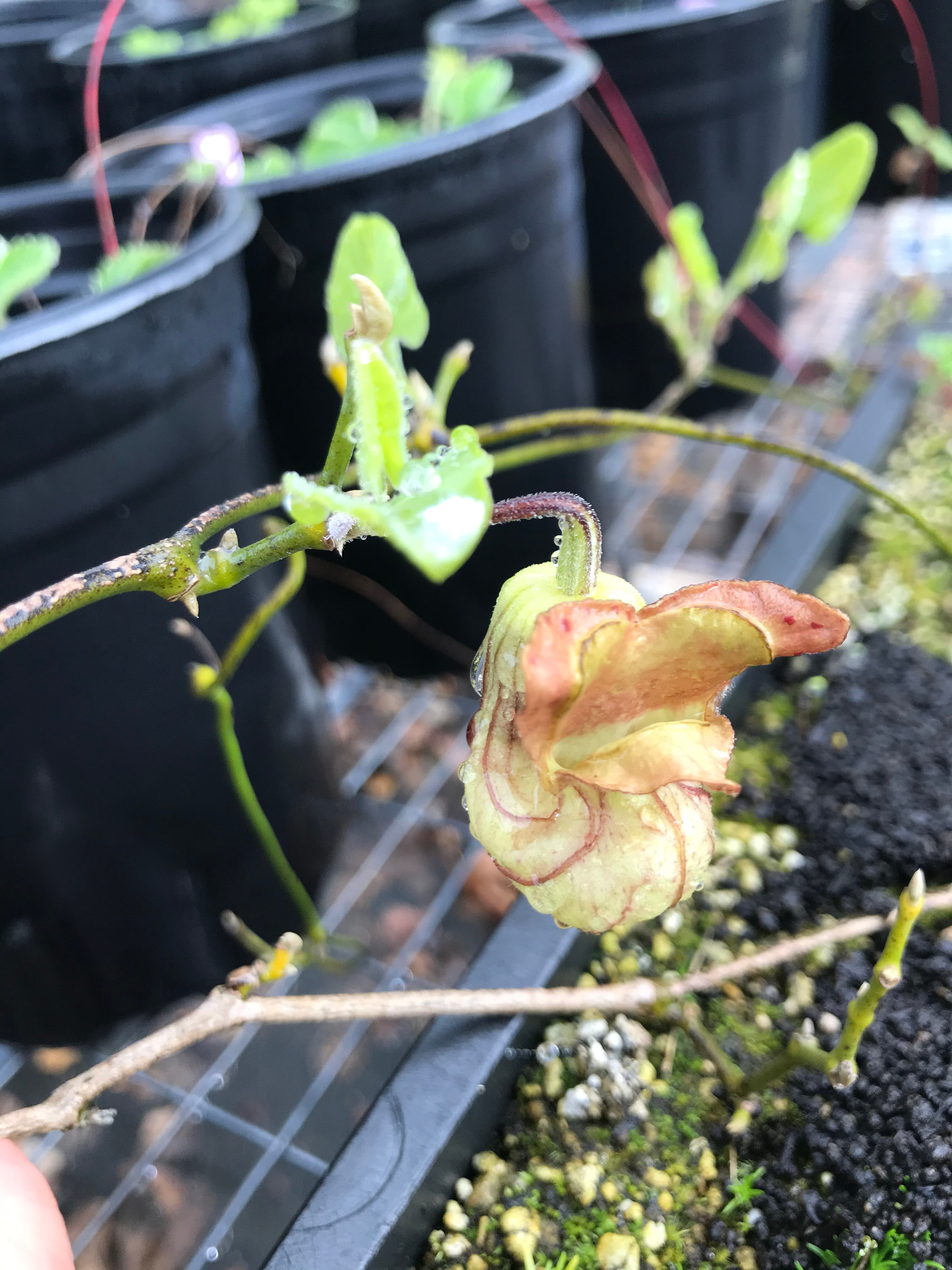
This vine produces stunning, exotic flowers and supports blue swallowtail populations.
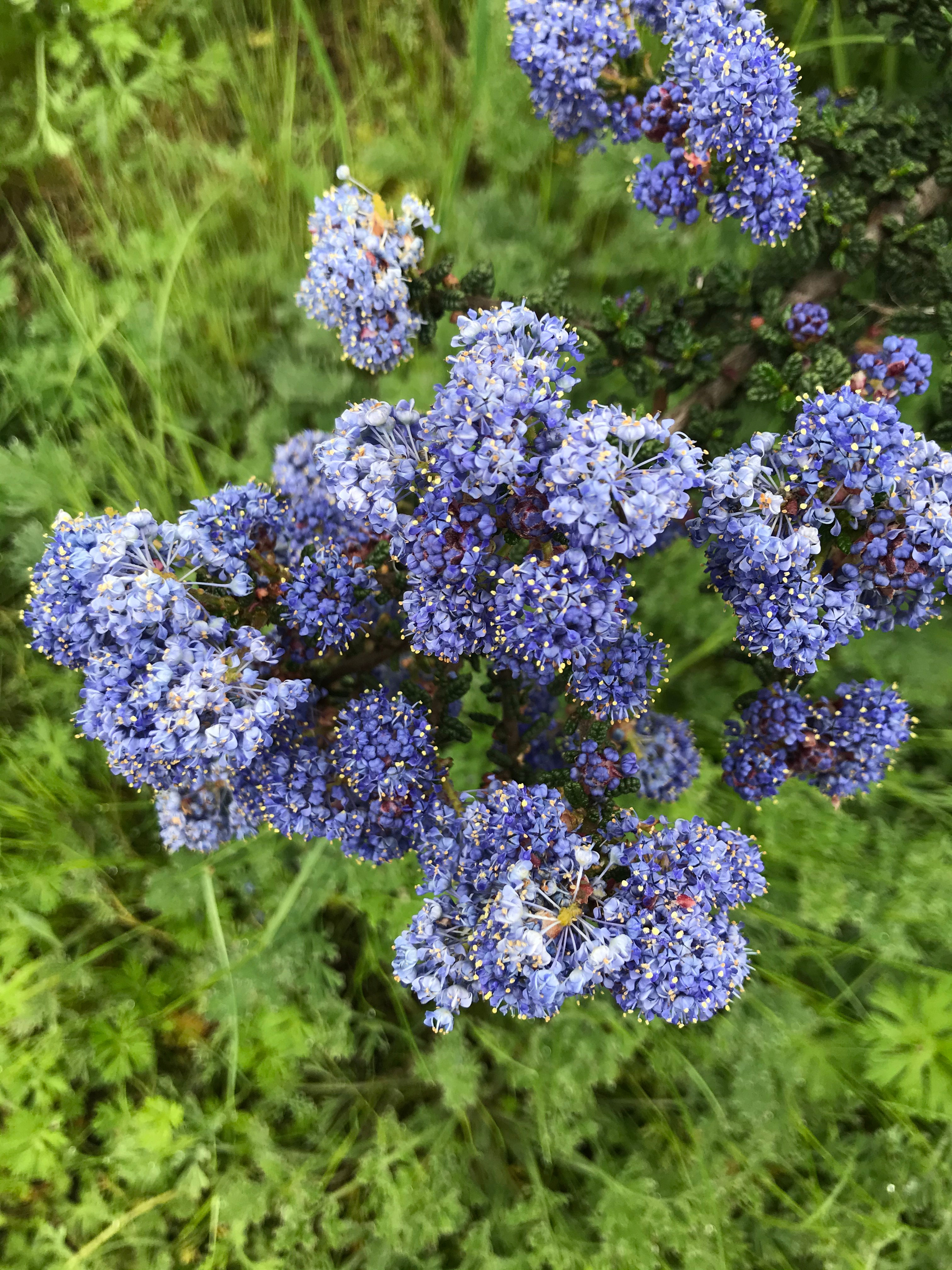
This luscious native plant covers itself in its blossoms. The small dark leaves can barely be seen below the sprays of flowers.
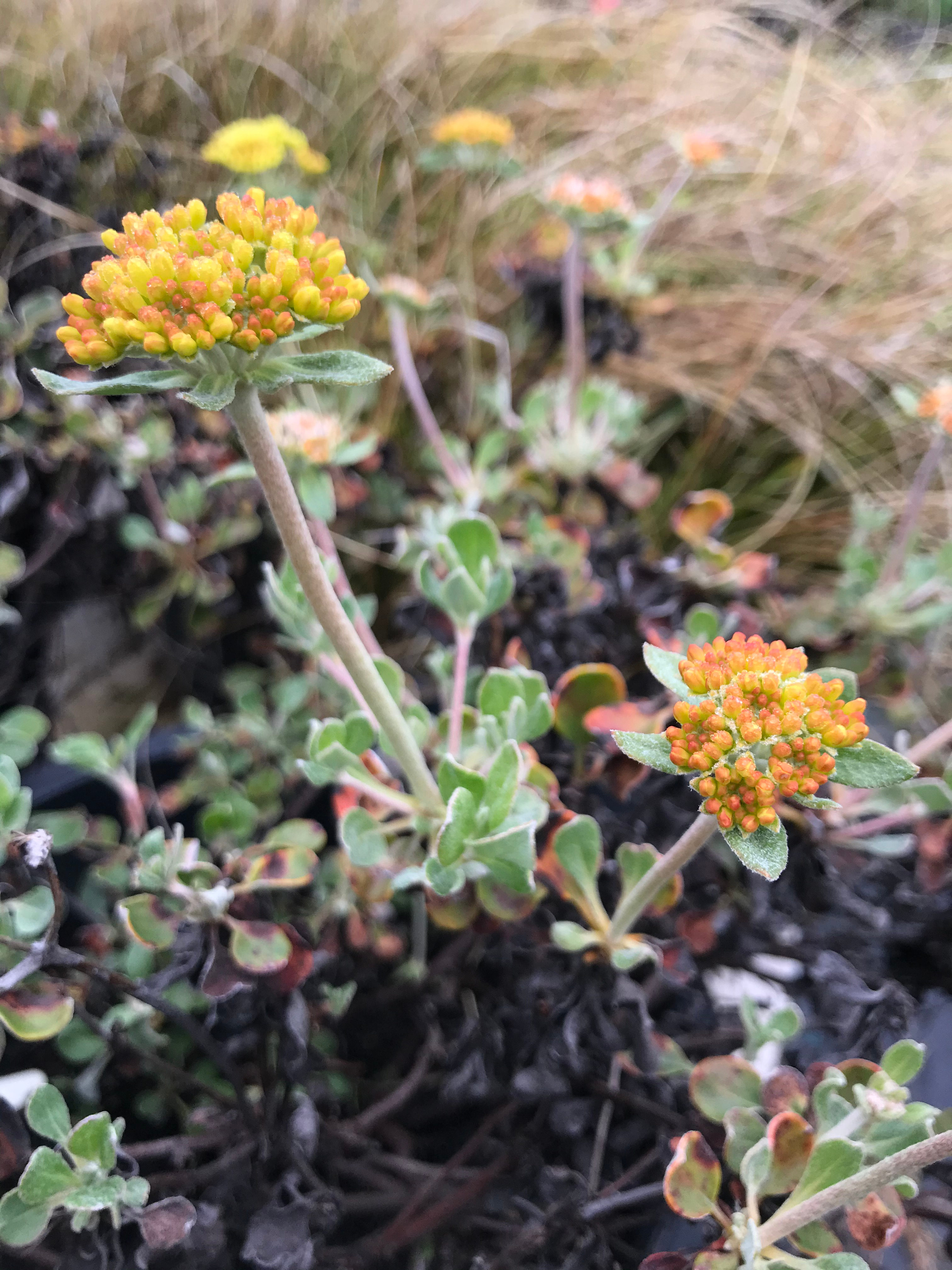
This low-growing native can be found throughout western North America.
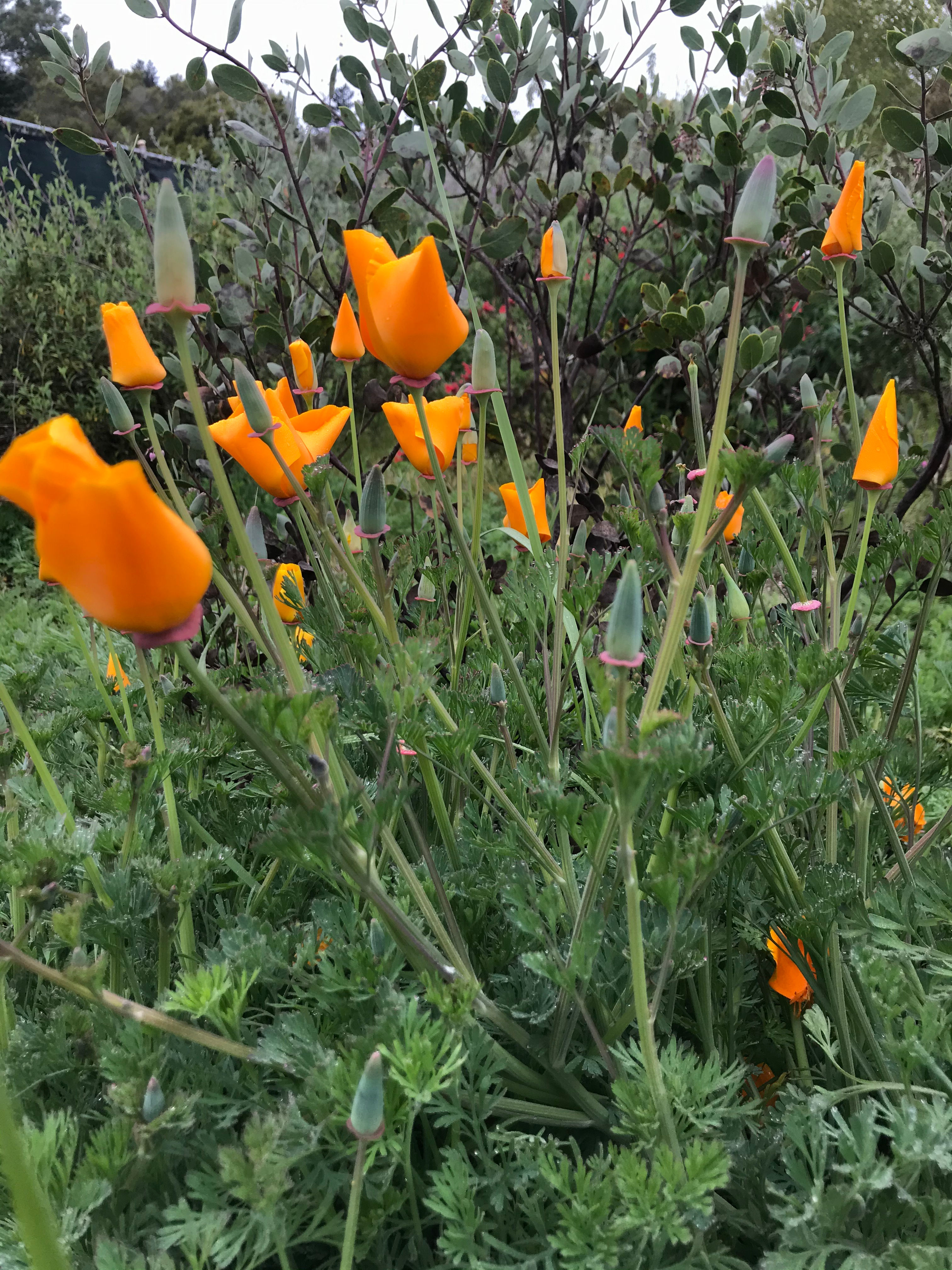
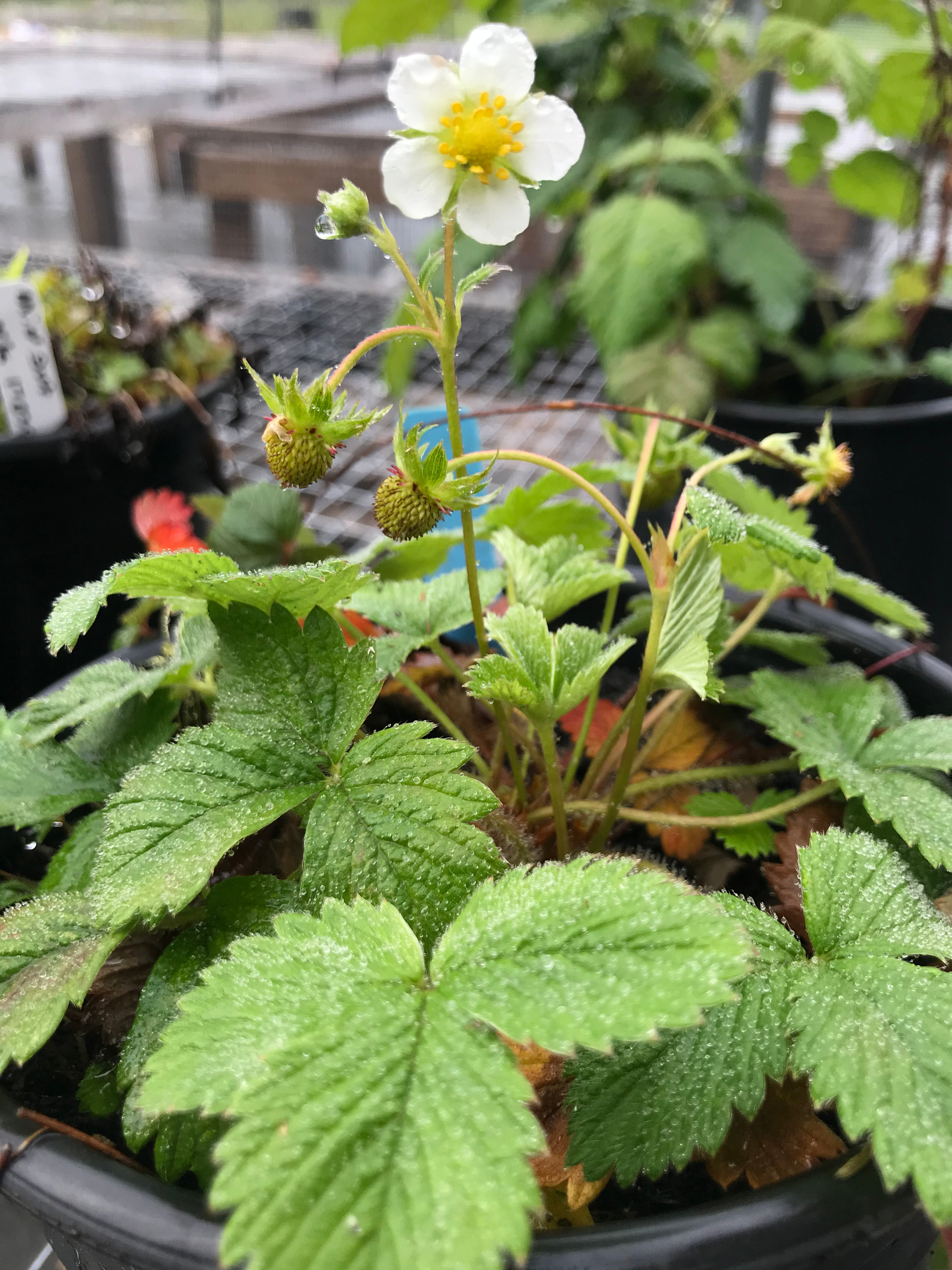
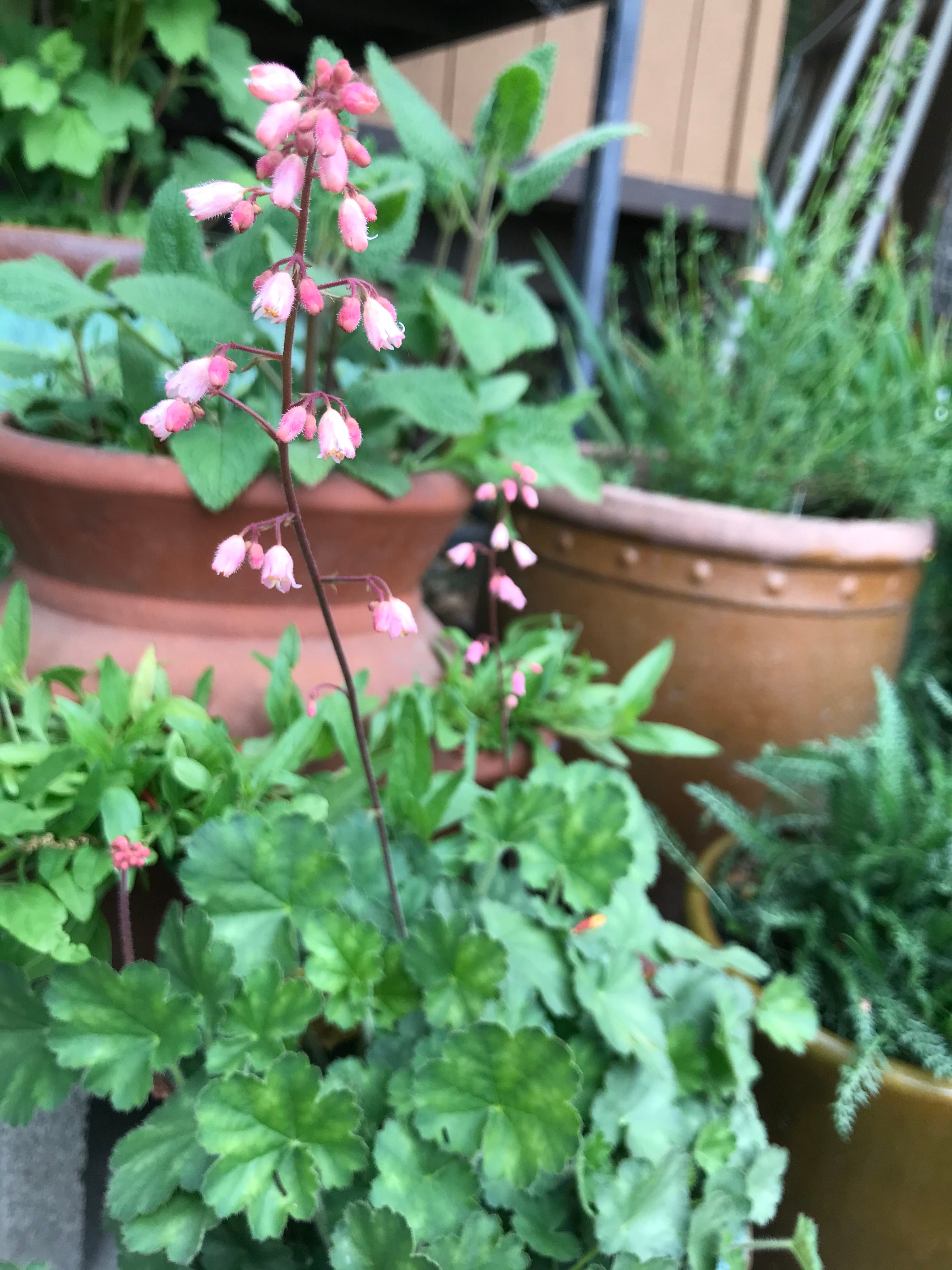
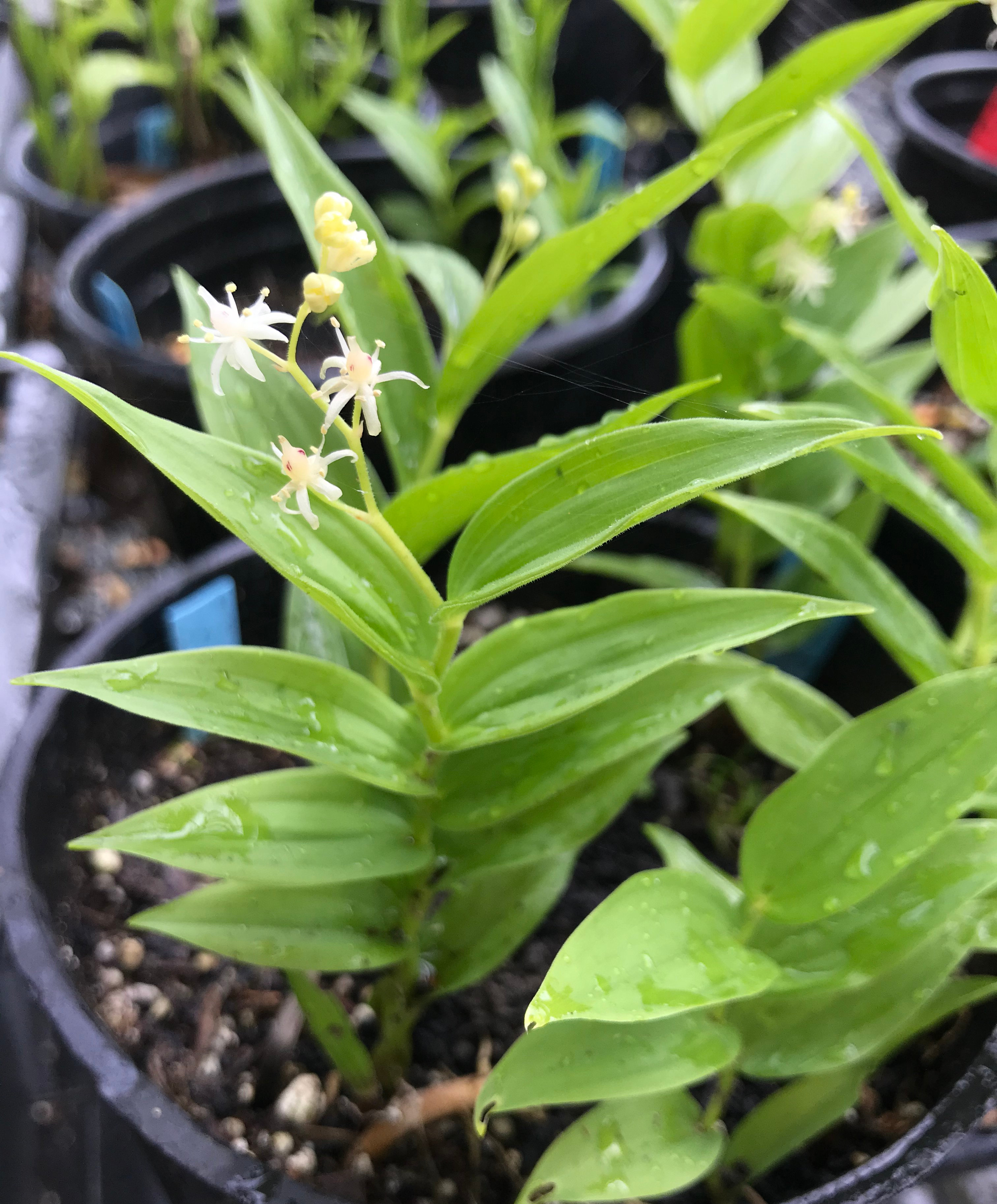
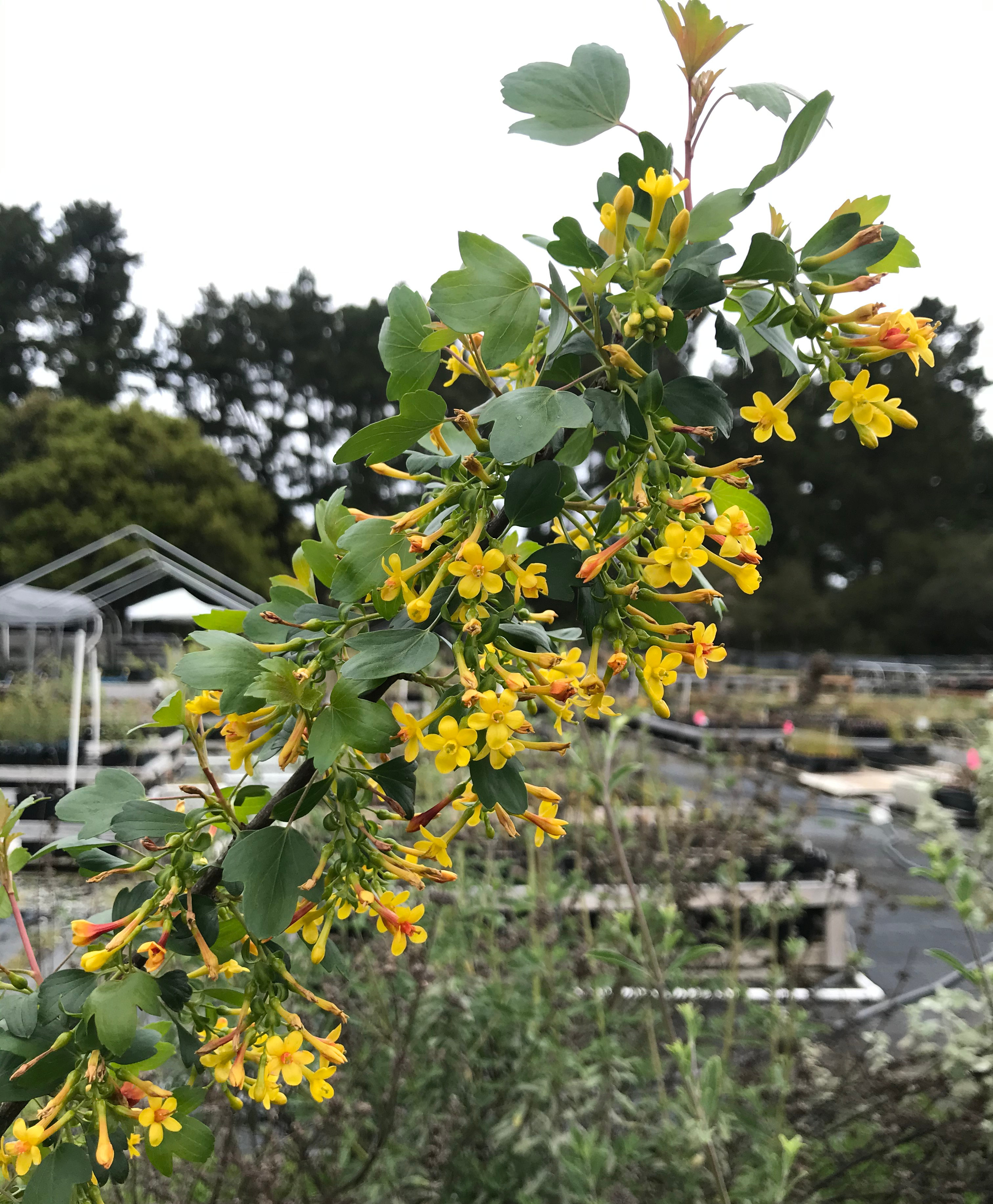
The spectacular flowers of R. aureum, brightest when they first emerge, smells sweetly of cloves.
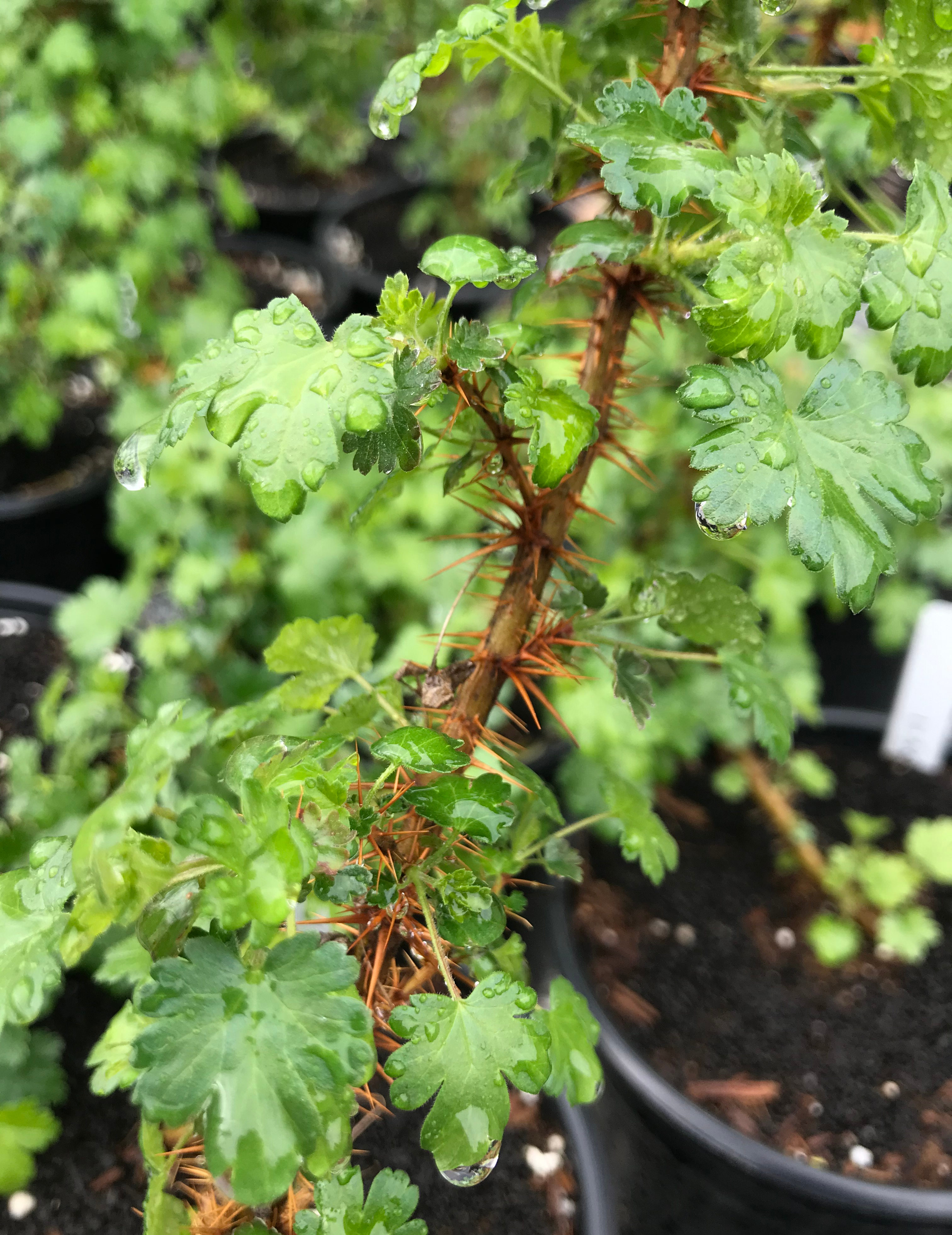
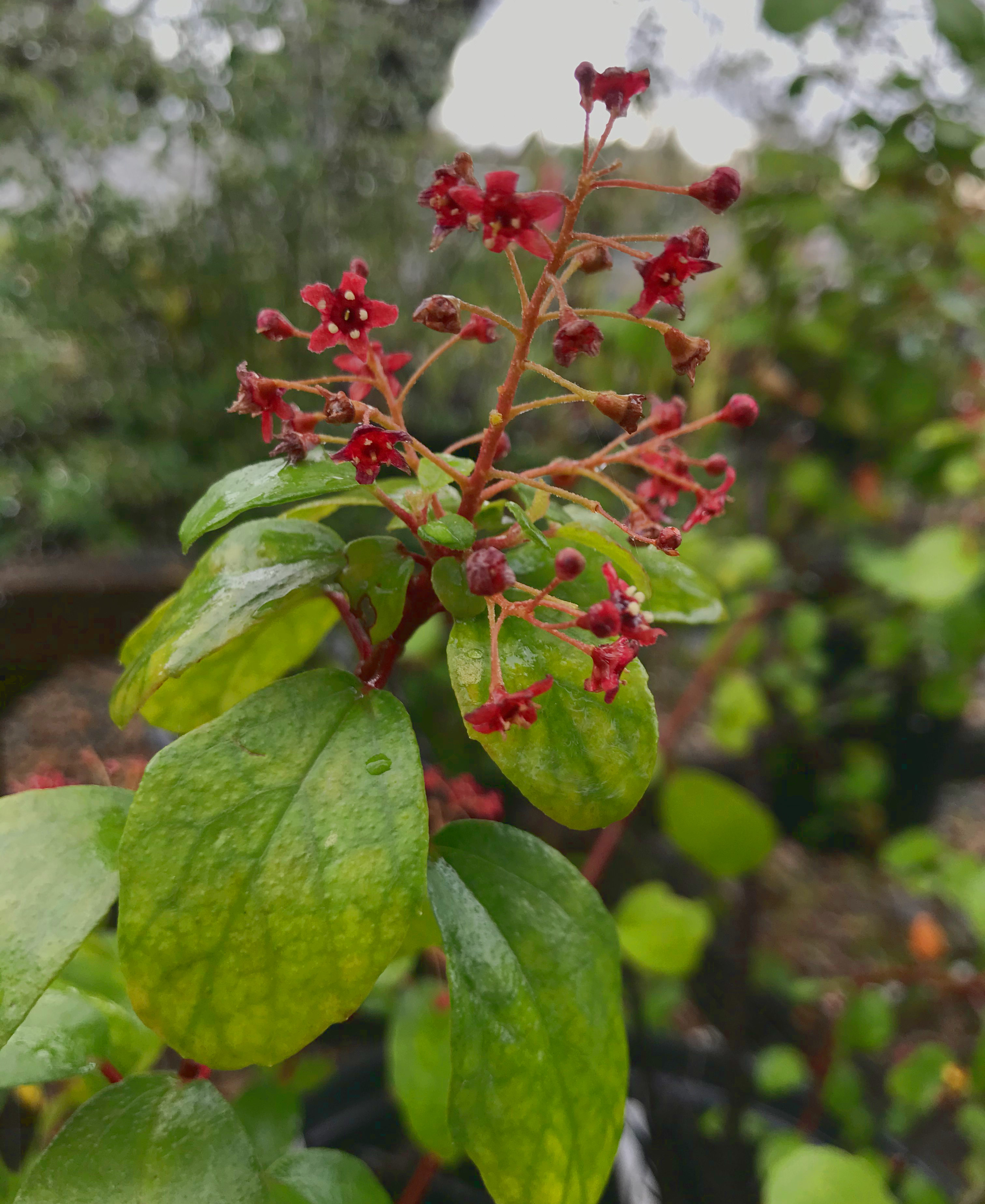
This sultry Ribes can be found in abundance on the lovely Santa Catalina Island, visible from Long Beach, Los Angeles.
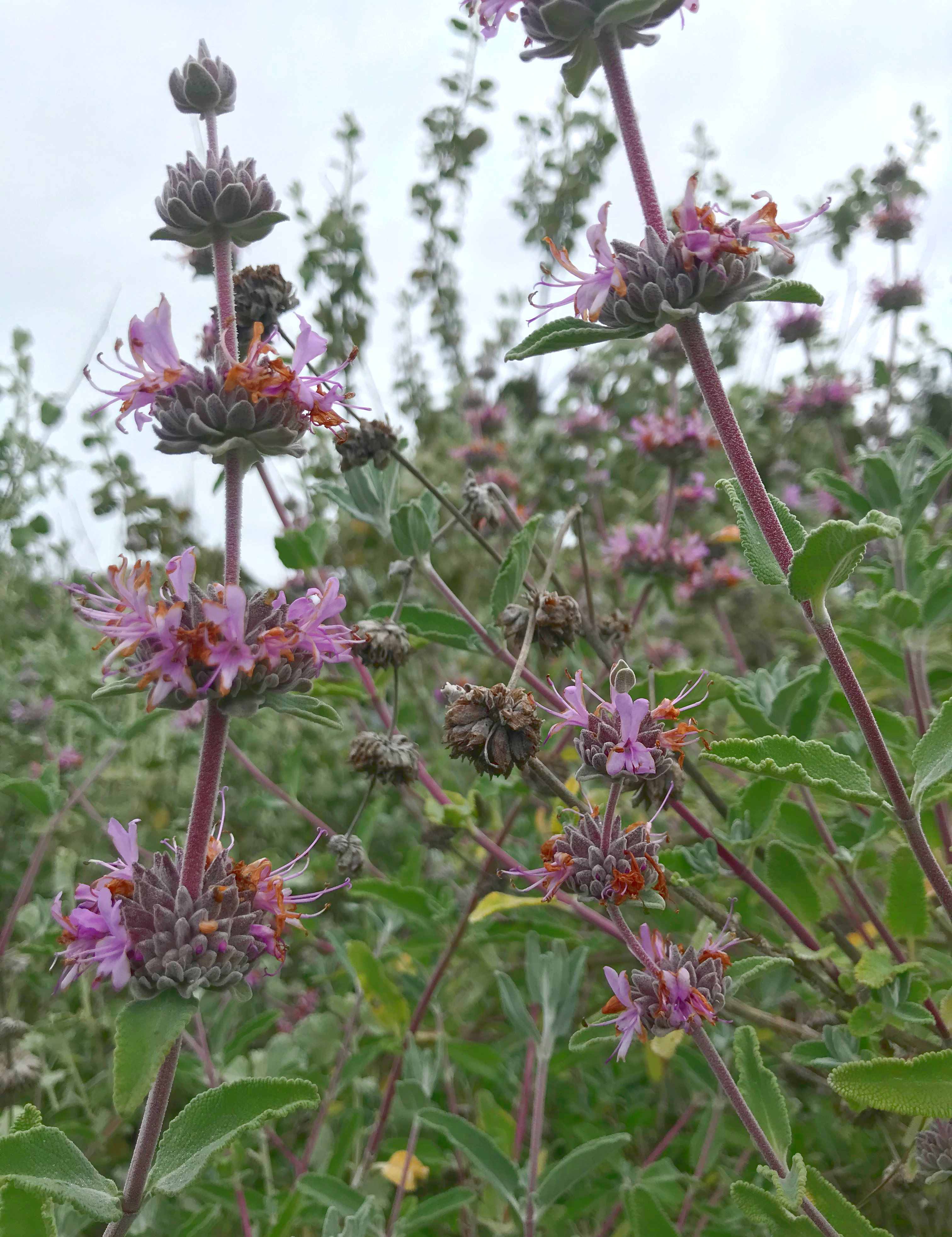
Found in abundance along the Point Sal coastline in spring, its purple-tinged whorls entice bees, hummingbirds, and butterflies, yet resists deer and drought.
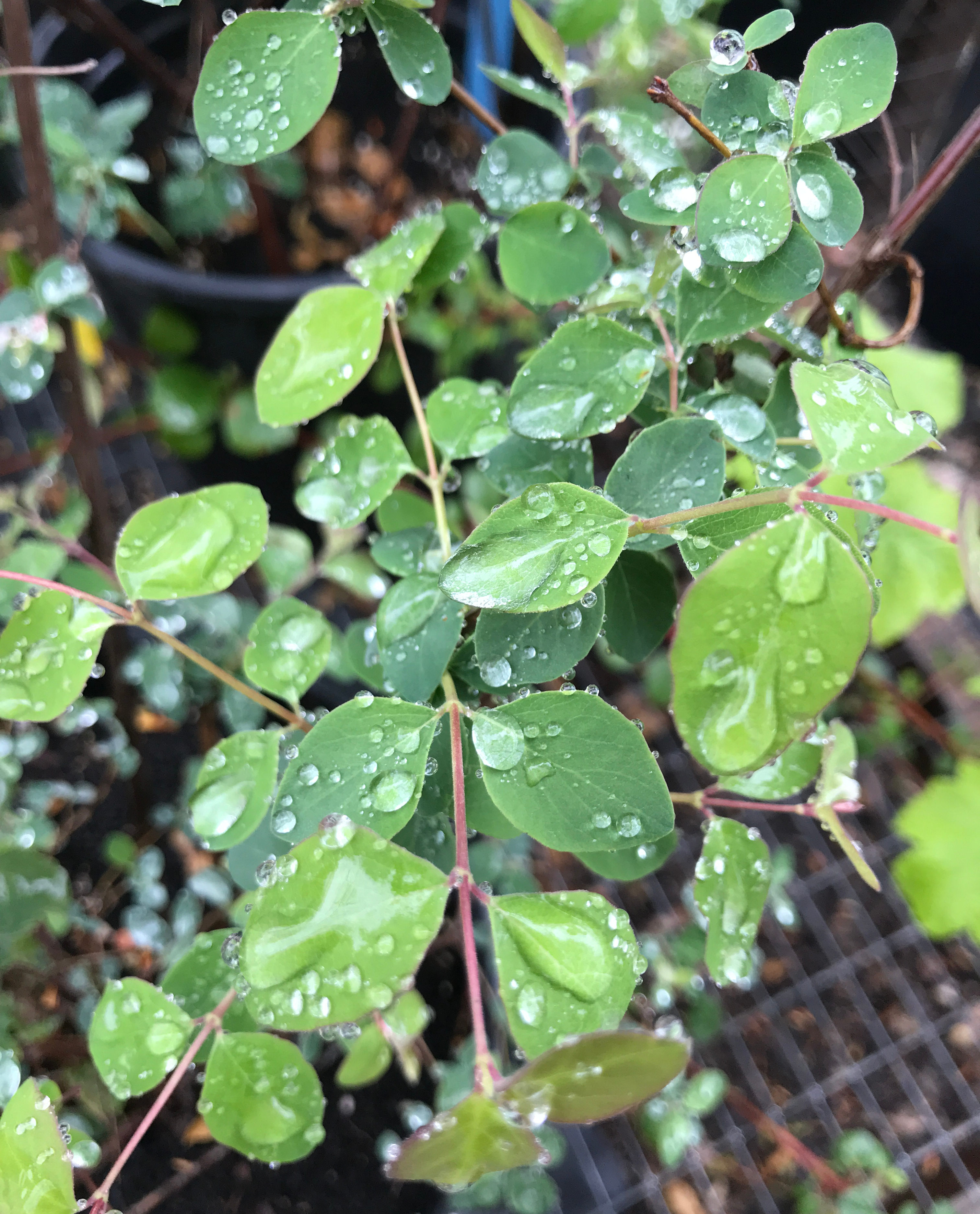
The ovate leaves of S. albus may look delicate, but its deep roots help it withstand drought.
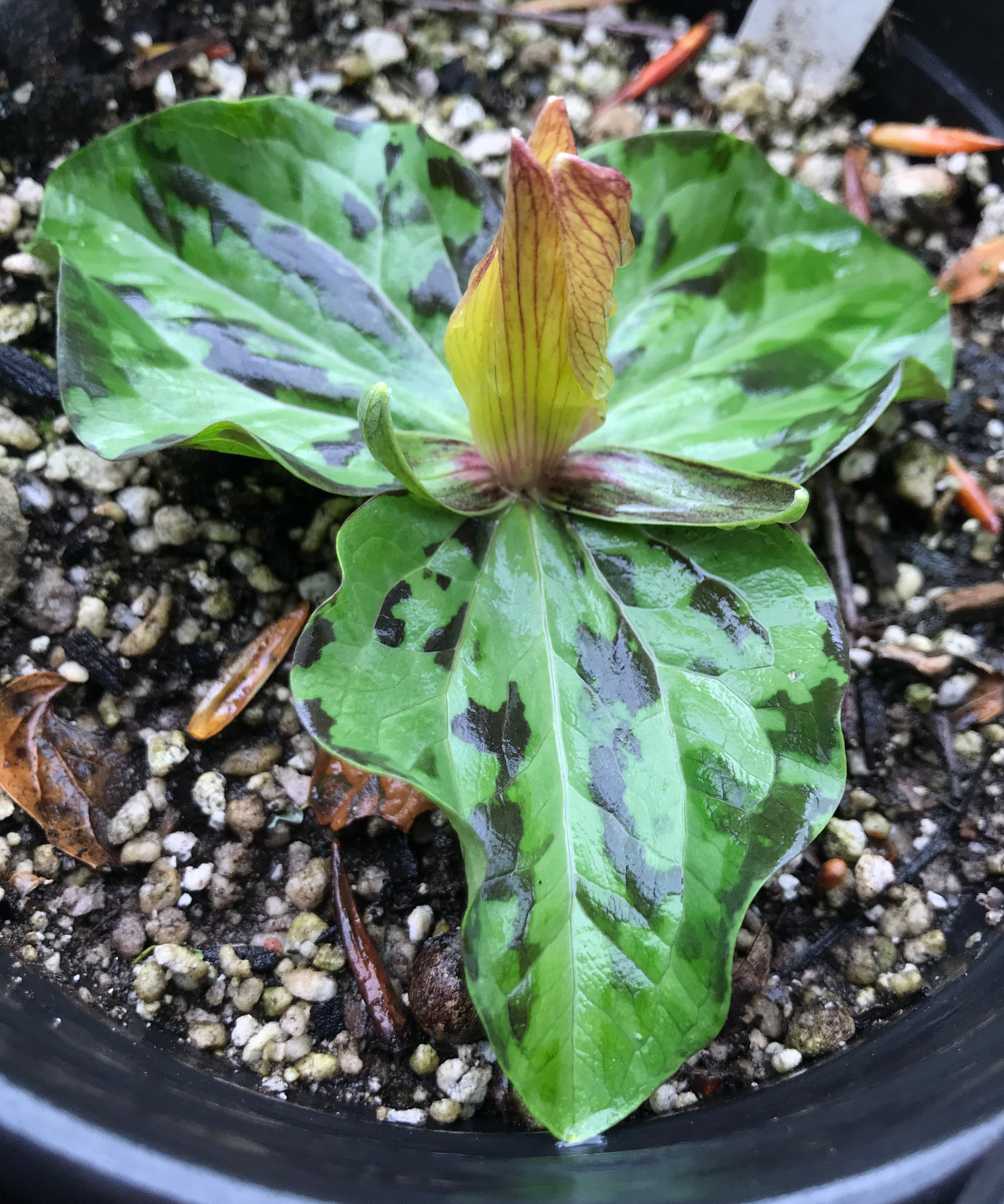
Even before forming its dramatic red flowers, T. kurabayashii is a dramatically stunning plant.
